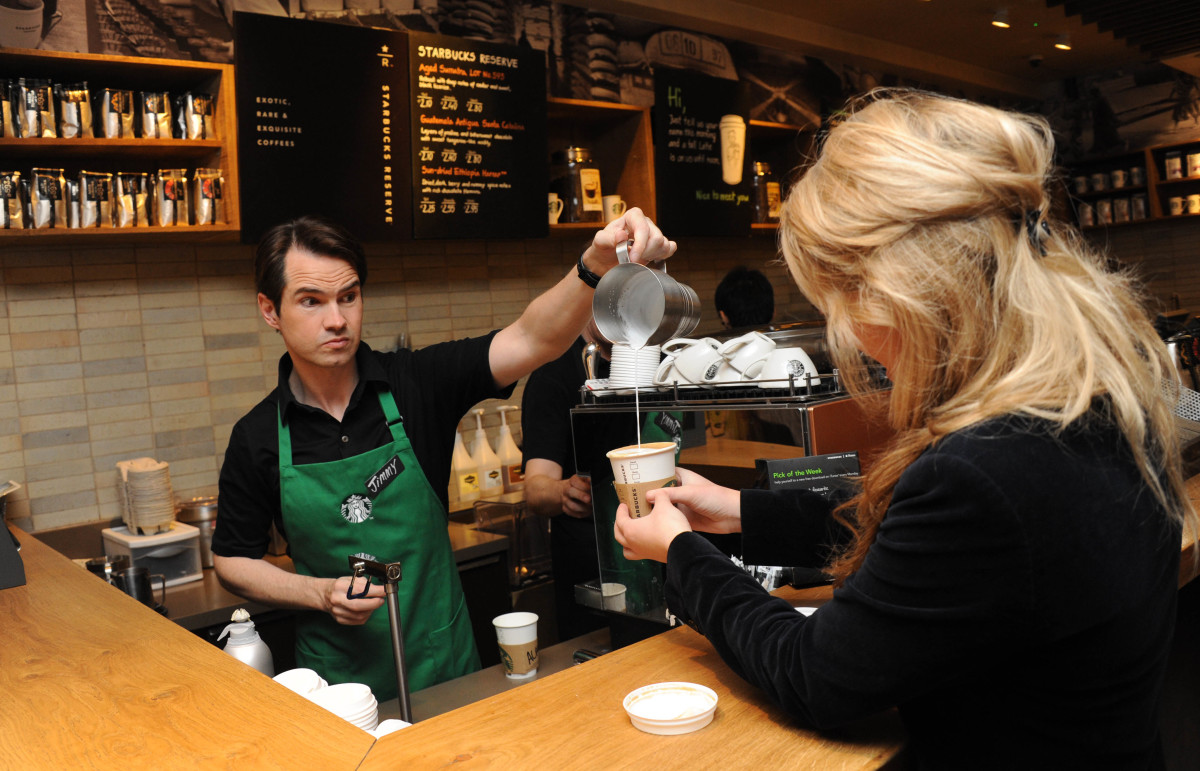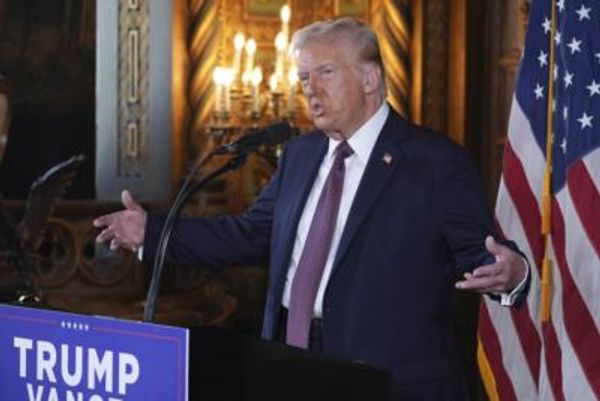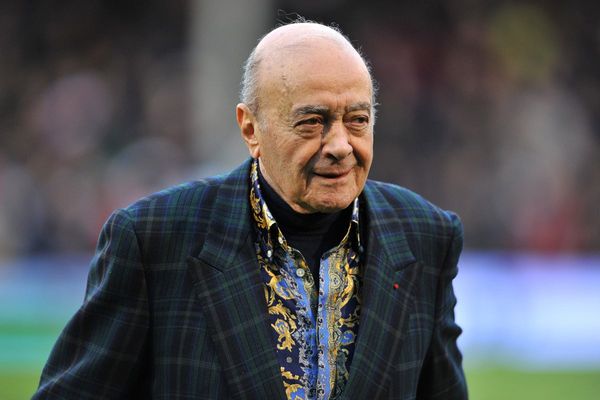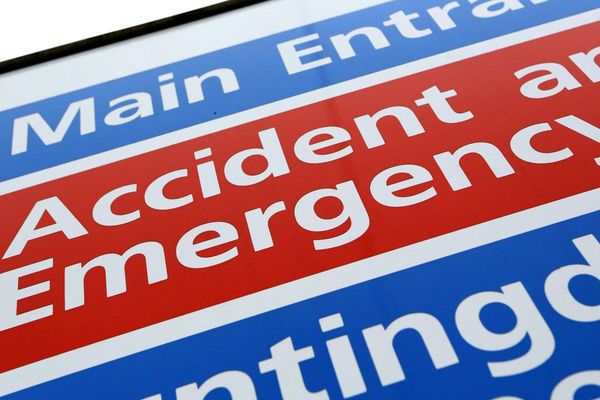
Pause for a moment, if you will, and consider the most highly respected items in a metropolitan area.
If you're into working fashion, it may be a Hermes Birkin bag. Perhaps you pair it with a set of Gucci Jordaan loafers and a Chanel tweed suit. And if you're serious about selling the whole look, you pair it with a venti Starbucks (SBUX) -) cup of coffee.
DON'T MISS: Adidas thinks it has the perfect shoe to take on Nike
Few things have more pull in the chain-food sector than the Starbucks cups. They're every bit as divisive as they are coveted.
The chain tweaks its cups every so often: They become red in celebration of the holiday season and limited-edition reusables are issued for Pride month. And those changes can become an issue.
In 2015, for example, when Starbucks did away with green designs on the red cups and opted instead for plain red cups, the chain was accused of being anti-Christian, and presidential candidate Donald Trump called for a boycott.
"I have one of the most successful Starbucks, in Trump Tower. Maybe we should boycott Starbucks?" he posited in November 2015 at a rally.
"I don’t know. Seriously, I don’t care. That’s the end of that lease, but who cares? If I become president, we’re all going to be saying Merry Christmas again, that I can tell you. That I can tell you."

Starbucks proposes a new cup plan
Starbucks has been not-so-quietly weighing the idea of doing away with its disposable cups. In addition to bringing an email deluge to its headquarters PR department each year, the cups contribute to significant environmental waste.
As the world's largest coffee-bar chain, Starbucks goes through more than 8,000 paper cups a minute, according to Clean Water Action writes.
All that "adds up to more than four billion a year," Clean Water Action says. Some "1.6 million trees are harvested every year for all of those single-use cups. Since these cups are lined with plastic, they are not really recyclable ─ only four U.S. cities even accept Starbucks paper cups for recycling,"
In other words, a majority of those cups end up in the trash bin.
Since 2008, Starbucks has made a push to go reusable, with mixed results.
As with its pride cups, it sells reusable plastic cups and mugs that have garnered some traction over the years. But customers still wince at the idea of having to bring their own cups to a cafe or ─ or worse ─ share mugs that others have used.
“Our vision for the cup of the future — and our Holy Grail, if you will — is that the cup still has the iconic symbol on it. It’s just as a reusable cup,” SBUX's sustainability head, Michael Kobori, said in mid-September.
Starbucks has been at this for a while. In 2008, the cafe said that by 2015 it wanted every single one of its cups to be either recyclable or reusable. Clearly, that hasn't happened. Only 1.2% of its cups sold in 2022 were reusable or recyclable.
So, clearly, it's got a long way to go. And customers are less than enthused about the plan. Some claim their locations are using reusable cups but seem to pose a hygiene quandary.
@Starbucks ….we have the reusable cups at our location and my cup has coffee grounds under the lid from a previous use! Are you just pulling them out of the collector and refilling them?? pic.twitter.com/EbVt5n0zKB
— Michael Doran (@Doranmichael12) September 15, 2023
Others are skeptical about just how environmentally friendly the move really is.
Collecting, transporting, and washing cups is more environmentally harmful (expensive) than making new paper ones and shipping them. The same reason that soda is not in glass bottles anymore.
— Luke Baldwin (@IdahoBaldwin) September 15, 2023
Hey, @starbucks, it's great you're trying to overhaul your cups to be more sustainable.
— Karen Asp 🌱🐾✍️👟 (@karenaspwriter) September 15, 2023
But c'mon, if you really cared about sustainability, you would drop the ridiculous surcharge for #vegan milk, which is way better for earth vs dairy. What say you?https://t.co/eK3cBwR9Xx
As it stands now, customers who use reusable cups get a 10-cent discount on their drinks. At a Starbucks in Fort Lee, N.J., a grande cafe latte is $4.85 before tax, so a dime discount is barely 2%, hardly worth anyone's while.
If the chain really wants this push to take off, it may need to offer a bigger incentive that that.
Action Alerts PLUS offers expert portfolio guidance to help you make informed investing decisions. Sign up now.







